This "amateur" programmer fought cancer with 50 Nvidia Geforce 1080Ti
Not All Heroes Wear Capes
" This is what a programmer should look like! "
" The OP is really cool, technology to save the world "
" Compared with him, I feel like my code is meaningless. "
These comments are from a thread in the V2EX forum, a gathering place for programmers in China.
When you first read these comments, you may think they are a bit exaggerating, but for those people and families who have been saved by the post, such comments are true.
Because here's what the post does: detects breast cancer.
In 2018, a programmer named “coolwulf” started a thread about a website he had made. Users just need to upload their X-ray images, then they can let AI to carry out their own fast diagnosis of breast cancer disease.
Furthermore, the accuracy of tumor identification has reached 90%. In short, it is to let the AI help you "look at the film", and the accuracy rate is almost comparable to professional doctors, and it is completely free.
As we all know, although the cure rate of breast cancer is high if found in its early stages. However due to the early symptoms are not obvious, it is quite easy to miss the best time to cure, and it is often found at an advanced stage.
However, a reliable AI for tumor detection can enable a large number of patients who cannot seek adequate medical diagnosis in time to know the condition earlier or provide a secondary opinion. Even if a doctor is needed to confirm the diagnosis in the end, it is already invaluable in many areas where medical resources are tight.
Breast cancer also has the highest incidence of all cancers ▼
Immediately, this post by coolwulf, garnered a rare hundreds of responses. In the comments section, there were people who were anxiously awaiting their doctor's test results.
Others had family members with breast cancer and were filled with uncertainty and fear. The coolwulf project has given them hope.
With this, of course, comes the curiosity about the project and coolwulf himself. Where does the huge amount of clinical data and hardware computing power come from? More importantly, who is the superpower that is willing to open it up for free?
For many questions, coolwulf himself did not reply one by one. He soon left, hiding from spotlight, and rarely appeared again. But in 2022, he returned with an even more important "brain cancer project", and the mystery remained the same.
In order to clear up the fog on coolwulf, we reached out to him in the Midwest of the United States. After a few rounds of interviews, today, let's hear the story of coolwulf, also known as Hao Jiang.
During the time when he was a student, he pursued his undergraduate and PhD degrees in the Department of Physics at Nanjing University and the Department of Nuclear Engineering and Radiological Sciences at the University of Michigan, respectively. He evaluates his career in short and concise terms: " Although my main career is in medical imaging, I am also a ‘armature’ programmer doing open source projects in my spare time".
coolwulf (Hao Jiang) (right) ▼
He told us that his parents are not medical professionals, and his interest in programming was fostered from a young age. Coolwulf spent his free time in school writing code. In the days before GitHub existed, he would often post his side projects on programmer communities like sourceforge.net or on his own personal website.
He was part of an open source project called Mozilla Foundation around 2001. At the time there were two initial projects to develop Mozilla’s Gecko rendering engine into standalone browsers, one of which was K-Meleon (a browser that was quite popular in China in the early years) to which he contributed code.
The other project, codenamed Pheonix, is the predecessor of the familiar Firefox browser. He was also interviewed by the media more than ten years ago because of this.
coolwulf also wrote a website starting from 2009 that helps people book hotels at low prices. I think many international students in North America might have used it. And all these are just his spare time projects and personal interests to come up with.
After completing his studies in medical imaging at University of Michigan, he worked successively as Director of R&D in imaging at Bruker and Siemens, directing product development in the imaging detectors. Afterwards, he and Weiguo Lu, now a tenured professor at University of Texas Southwest Medical Center, founded two software companies targeting the radiotherapy and started working on product development for cancer radiotherapy and artificial intelligence technologies.
PS: Not only did he have a side career, but he was also the starting point guard on the basketball team at Nanjing University back in days.
Coolwulf leads the development of the Bruker Photon III ▼
Probably, he will become a distant scientific entrepreneur if he continues to go down in this way. But the following event was both a turning point in coolwulf's life and the starting point that brought him closer to thousands of families and lives.
He was a 34-year-old alumnus of Nanjing University who died after missing the best treatment for breast cancer, leaving behind only a 4-year-old son. After witnessing life and death, and the families destroyed by the disease, coolwulf lamented the loss. At the same time, he learned that many breast cancer patients often lack access to detection, making it easy to delay diagnosis.
Old photos of alumni families ▼
So the idea of using AI to detect X-rays was born by coolwulf, who also happened to have the right professional experience. However, it was not easy to make an AI that could accurately detect tumors.
Coolwulf first downloaded the DDSM and MIAS datasets from the University of Florida website. At the time, because the data format was old and not in standard Dicom and the images were still film scans, he wrote a special program to convert all the information into a usable form.
Then, he also wrote an email asking for permission in order to obtain the breast cancer dataset InBreast, a non-public resource from the University of Barcelona. During the same time, it was also necessary for him to continue reading a lot of literature and writing the corresponding model code.
The request email sent by coolwulf at the time ▼
However, this was not enough; to formally and efficiently train this model, high hardware power is required. So, he built one out of his own pocket - a GPU cluster of 50 Nvidia GTX 1080ti's - locally.
At the time, he 50 graphics cards were not easy to come by. Due to crypto mining, GPUs were in severe shortage and very over-priced on eBay, coolwulf had to ask a lot of his friends to help him check online vendors such as Newegg/Amazon/Dell and grab the GPU when they are available. After lots of efforts, he finally completed the site's preparation.
Yes, in addition to gaming and mining, the
Graphics Cards Have More Uses ▼
The free AI breast cancer detection website took coolwulf about three months of spare time, sometime he had to sleep in his office to get things done, before the site finally went live in 2018.
He said that he’s not sure actually how many people have used it because the data is not saved on the server due to patient privacy concerns. But during that time, he received a lot of thank-you emails from patients, many of them from China. Moreover, users really used the website to check out tumors, especially for people in remote areas with limited medical resources, which is equivalent to snatching time from the hands of death.
“The first one had the wrong photo. The tumor was found after retesting” (from coolwulf) ▼
A few years ago, this technology was not as popular as now, so coolwulf's project was more like an initiation. The website also gained a lot of attention from the industry, during which many domestic and foreign medical institutions, such as Fudan University Hospital, expressed their gratitude to him by email and were willing to provide financial and technical support.
After all, the whole thing coolwulf was self-funded, which is not a small amount of money.
Email from Fudan University Cancer Center ▼
As for why he doesn't commercialize the website and collect some money, this question was also asked by us.
coolwulf's answer was indifferent but noncommittal: " Cancer patients, as well as their families, have endured too much, and I believe everyone wants to help them, and I happen to have the ability to do so." In this way, he thanked many people but didn’t take any financial assistance and wrapped up everything by himself alone.
In addition to the website, there was a desktop version of the testing software at the time ▼
By 2021, coolwulf had reached a second critical turning point in his life. His colleague's cousin had a brain tumor that was not looking good and was treated with "whole brain radiation therapy". Unfortunately, a few months after the whole brain radiotherapy, the tumor returned and there was no treatment left but to wait for death to come.
Whole brain radiotherapy is a therapy that eliminates the tumor on a large scale through radiation, which will not only eliminate the cancer cells but also cause damage to normal brain tissues, thus reducing the occurrence of lesions.
In less strict words, whole brain radiotherapy, is more like an " indiscriminate attack". Therefore, considering the tolerance of the radiation dose of brain critical structures such as brainstem or optical nerves, whole brain radiotherapy is usually a once-in-a-lifetime treatment.
After this incident, it completely changed coolwulf's perspective and decided to break through an industry challenge - to further pushing AI not only just within the detection stage but also put it into actual treatment.
It is important to know that whole brain radiation therapy is the most common treatment option for brain tumors today. In the United States alone, 200,000 people receive whole brain radiation therapy each year. So, is it necessary to take the risk of choosing whole brain radiotherapy for patients with multiple tumors of brain cancer?
Not really, because there is another kind of treatment - stereotactic radiotherapy. Compared with whole brain radiotherapy, stereotactic radiotherapy is more focused and can precisely remove the diseased tissues without hurting the normal tissues.
For example gamma knife, is a kind of stereotactic radiotherapy machine. This therapy has much lower side effects, is less harmful to patients, and can be used multiple times.
There is also a general consensus in the academic community that stereotactic radiotherapy offers patients a better quality of life and, at the same time, is more effective. The only problem is that with stereotactic radiotherapy, medical resources become more scarce.
Because once this protocol is adopted, the oncologist or neurosurgeon has to precisely outline and label each tumor; the medical physicist also has to make a precise treatment plan for each tumor, and it will take a lot of time to save one patient.
Therefore, doctors almost always prefer whole brain radiotherapy to stereotactic radiotherapy when the patient has more than 5 or more brain lesions.
But AI may be able to share the workload of doctors. So, once again, coolwulf is working to make stereotactic radiotherapy available to more brain cancer patients.
But this time, the problem was significantly more challenging, and he could no longer do it alone. So he approached University of Texas Southwestern Medical Center, Stanford University, for collaboration.
With the help and efforts of many people, the following three AI models were recently developed:
a model to automatically outline/label brain metastases;
a model based on SVM-radiomics to quickly reduce false positives;
and a model based on optimized radiation dose maps to quickly segment multiple lesions into different treatment courses.
The three models complement each other and correspond to the physician's workflow, significantly reducing the workload when using stereotactic radiotherapy.
This project, now being presented at the 2022 AAPM Spring Clinical Meeting and 2022 AAPM annual meeting, has once again achieved widespread industry recognition.
coolwulf, along with his coauthors, is also accelerating the pace of trying to get the entire stereotactic radiotherapy community aware of this achievements so the technology could be adopted to actually help more patients. In interviews, coolwulf has repeatedly mentioned that he is in no way alone in achieving the results he has today.
He hopes that we will publish the list of collaborators, because everyone here is a hero who is quietly fighting with cancer.
In recent years, the cancer mortality rate has dropped by 30% compared to 30 years ago. At this rate, perhaps one day in the future, cancer will no longer be a terminal disease.
But this is not a straightforward bridge, there are countless people like coolwulf and others who are walking in the abyss. To conclude the article, let's borrow a comment from a user on Reddit.
“Not all heroes wear capes”
~ The End ~
(This article is translated from the original Chinese version at: https://www.toutiao.com/article/7094940100450107935/)
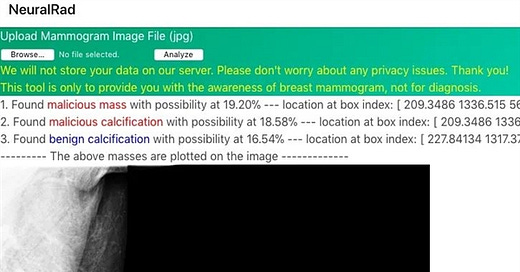













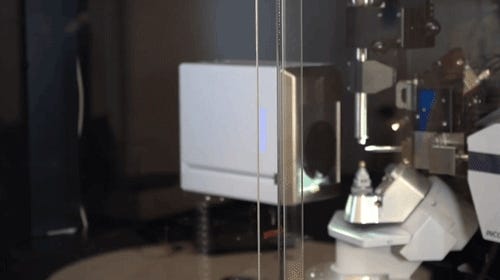
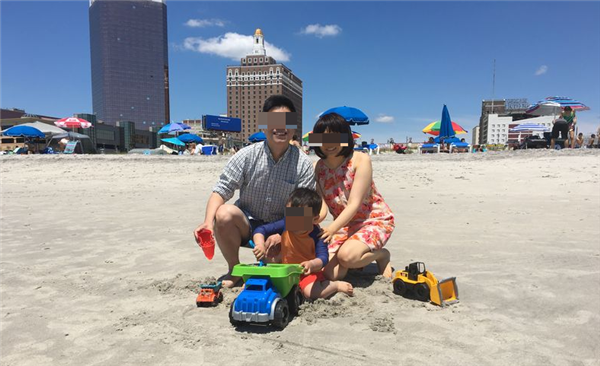

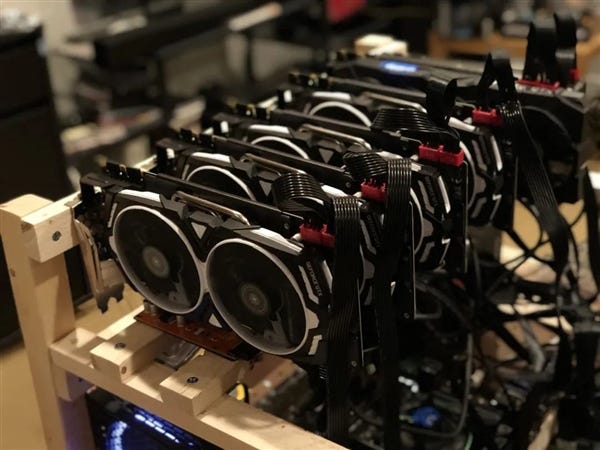
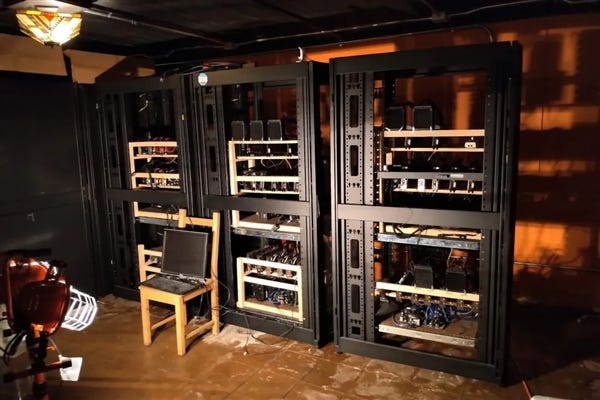
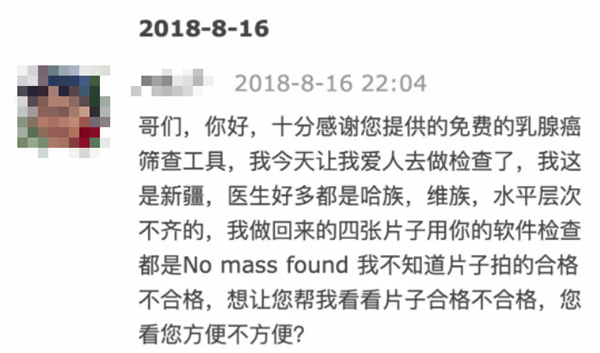




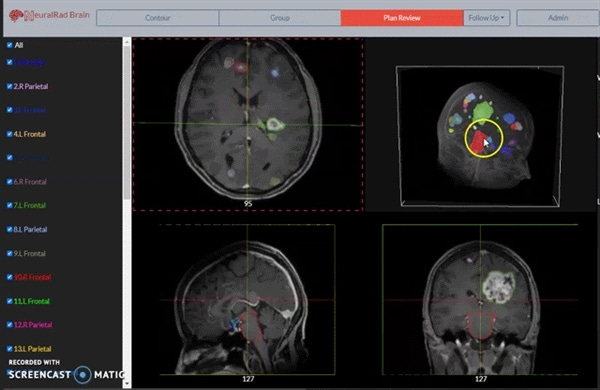

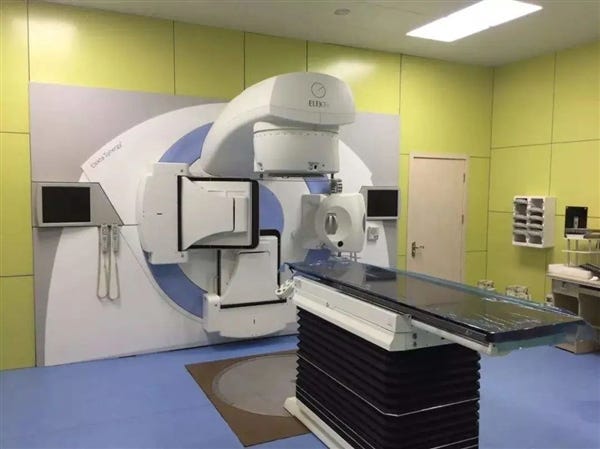


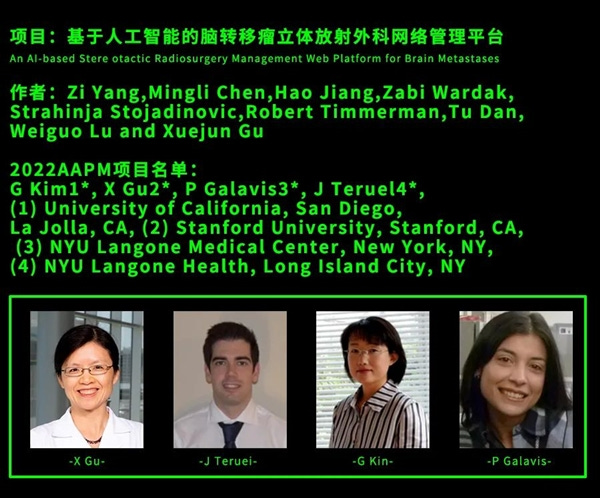

Thanks for sharing this. What a legend. Coolwulf. I'll remember that name. I hope he can figure out how to distribute his work so other contributors can help pitch into the cause.